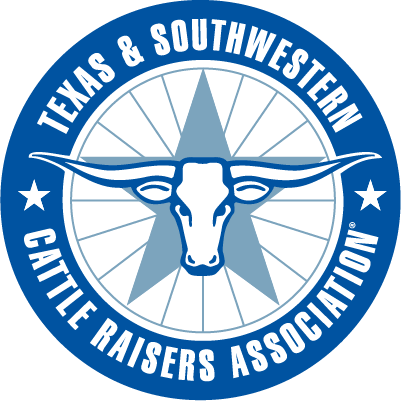Aug. 29 2016
Planning for winter wheat grazing
by Derrell S. Peel, Oklahoma State University Extension livestock marketing specialist
The current wheat market is such that there will likely be considerable interest in grazing wheat this winter. Producers will not only be looking at winter grazing but may also be thinking about the prospects for grazing out wheat next spring. Wheat graze-out appears to offer better prospects for returns per acre compared to wheat grain. Planning now can help producers better position themselves regardless of whether their interest is in winter grazing only for dual-purpose wheat or grazing out wheat.
Current conditions are encouraging for early wheat establishment for fall and winter grazing. Most of Oklahoma has received rain the past two weeks with most of the major wheat areas receiving one-half to 2+ plus inches of rain. With favorable soil moisture and soil temperatures, early planting of wheat is likely to begin in late August and into early September. Assuming additional moisture arrives in the next few weeks wheat could be ready for grazing earlier than usual this fall. Grazing versus grain harvest considerations may affect the choice of wheat varieties to plant. The cost of wheat pasture for winter grazing or winter plus graze-out is estimated at $0.30-$0.35 per pound of stocker gain in typical situations.
The typical winter grazing period is roughly 120 days from about Nov. 1 to March 1. Most commonly, producers purchase 400 to 500 pound stockers and expect to sell a 650-800 pound feeder animal at the end of winter grazing. This year may offer some additional alternatives. The possibility of an earlier start to winter grazing this season could extend the winter grazing period by 10-20 days. This may affect the optimal size of animal to purchase and/or change the expectation for selling weight at the end of winter grazing.
There are even more considerations if wheat graze-out is already planned at this point. Grazing a single set of stockers for winter plus graze-out is challenging. It would require a very lightweight beginning weight (375-425 pounds) in order to finish graze-out in early May with a roughly 900 pound feeder. Early onset of grazing this fall would add that this challenge. Moreover, with significantly higher stocking densities for graze-out, a single of stockers will likely only graze out a subset of winter grazed acres.
Another possibility is to plan for two sets of stockers with the first set marketed in January followed by a second set that will complete graze-out in May. This may be even more feasible with the prospects for early initiation of grazing this fall. These alternatives may impact the preferred choice of purchase weights and target selling weights for both sets of stockers. For example, 550 pound fall stockers could be marketed at roughly 750 pounds in mid-January (or perhaps a bit heavier if grazing starts early). A second set of 550 pound stockers in mid-January, will reach roughly 850 pounds by early to mid-May with the higher graze-out rates of gain. The availability of fall pasture along with adequate hay supplies may provide additional flexibility in timing for receiving/backgrounding stockers for fall and winter grazing programs.
New tools available to monitor mineral intakeby
by Glenn Selk, Oklahoma State University Emeritus animal scientist
Proper mineral and vitamin nutrition contributes to strong immune systems, reproductive performance and calf or stocker cattle weight gain. Both over and under consumption of mineral supplements can cause issues, including unnecessary expense. Proper mineral consumption is especially critical when it contains medications such as chlortetracycline (CTC) or ionophores. Commercial mineral mixes have a target consumption rate included in the feeding directions.
To assist in monitoring your cattle mineral intake, members of the Oklahoma State University Extension Beef Team (Dr. Chris Richards and Gant Mourer) have created two new tools. The first tool is a “Mineral consumption record” that can be downloaded and used to help producers keep track of the amount of minerals being fed in individual pastures. The second tool is a “Mineral intake calculator” that will assist the producer in determining the amount of mineral being consumed on a per head per day basis.
These tools will allow the producer to more closely monitor the mineral intake and provide the opportunity to make adjustments if unsatisfactory consumption is taking place. Both of these tools are available free of charge and can be downloaded from the Oklahoma State University Beefextension.com website. Go to the right side of the page and click on the appropriate item that you wish to download. These simple-to-use tools will be extremely helpful to beef cow/calf and stocker producers.
Cow-Calf Corner is a weekly electronic newsletter from the Oklahoma Cooperative Extension Agency.
